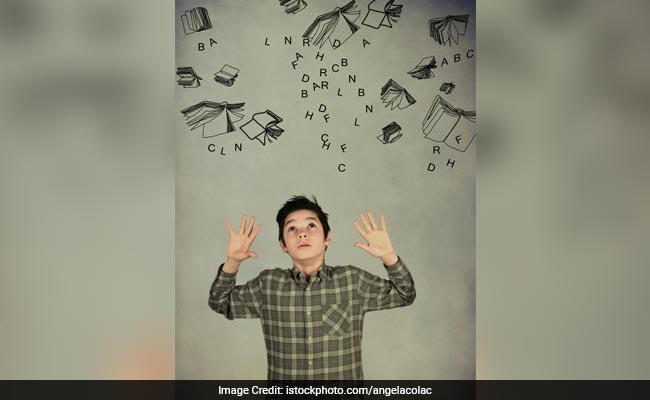
'Inclusive Learning' For Children With Disabilities; Where Is India
New Delhi:
A recent report by World Bank highlights that children with disabilities are at a disadvantage in terms of school enrollment, educational attainment and learning. The report used census data from 19 countries and found that while access to primary education has increased worldwide, the gap in primary completion rates between children with and without disabilities has increased over time from a few percentage points a few decades ago to 17.6 points for boys and 15.4 points for girls in the latest available census data.
Inclusive education is a target adopted under the Sustainable Development Goals and countries specially the developed nations need to implement stronger policies and interventions to improve the learning outcome for children with disabilities as well.
The report also highlighted that children with intellectual disabilities such as autism fare worse than those with physical disabilities.
Where Does India Stand In Achieving The Target Of Inclusive Education?
In India, the nationwide Sarva Siksha Abhiyan (SSA) seeks to make elementary education available to all children including children with disabilities. The program is supported by World Bank and has off late engaged in producing training material named "Making Inclusion Work". These training materials are for master trainers who will coach general education teachers in teaching and supporting students with disabilities including those with intellectual disability as well.
The program is also developing individualized education plan for children based on individual needs of children with disabilities.
World Bank noted, that in India the percentage of children with disabilities enrolled in primary and upper primary classes increased from 84 per cent in 2012-13 to 90 per cent in 2015. Additionally, over 116,000 children with special needs also receive home-based education.
Several states in India have also begun to innovate with the SSA program to make education more inclusive for children with disabilities. For example in Bihar, Kasturba Gandhi Balika Vidyalayas (KGBVs) have begun admitting girl students with visual impairment. KGBVs are girl residential schools that have been set up across the country to provide education to girls from underpriviledged communities.
Click here for more Education News
Inclusive education is a target adopted under the Sustainable Development Goals and countries specially the developed nations need to implement stronger policies and interventions to improve the learning outcome for children with disabilities as well.
The report also highlighted that children with intellectual disabilities such as autism fare worse than those with physical disabilities.
Where Does India Stand In Achieving The Target Of Inclusive Education?
In India, the nationwide Sarva Siksha Abhiyan (SSA) seeks to make elementary education available to all children including children with disabilities. The program is supported by World Bank and has off late engaged in producing training material named "Making Inclusion Work". These training materials are for master trainers who will coach general education teachers in teaching and supporting students with disabilities including those with intellectual disability as well.
The program is also developing individualized education plan for children based on individual needs of children with disabilities.
World Bank noted, that in India the percentage of children with disabilities enrolled in primary and upper primary classes increased from 84 per cent in 2012-13 to 90 per cent in 2015. Additionally, over 116,000 children with special needs also receive home-based education.
Several states in India have also begun to innovate with the SSA program to make education more inclusive for children with disabilities. For example in Bihar, Kasturba Gandhi Balika Vidyalayas (KGBVs) have begun admitting girl students with visual impairment. KGBVs are girl residential schools that have been set up across the country to provide education to girls from underpriviledged communities.
Click here for more Education News
